Name Yvor Winters | Role Poet | |
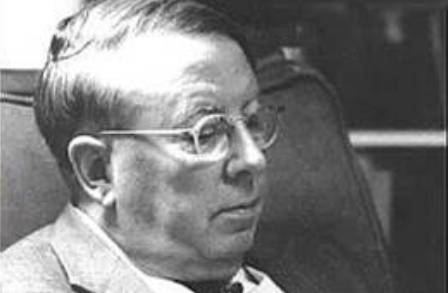 | ||
Died January 25, 1968, Palo Alto, California, United States Awards Bollingen Prize, Guggenheim Fellowship for Humanities, US & Canada Nominations National Book Award for Poetry Books In Defense of Reason, Forms of discovery, The Selected Poems of, The function of criticism, Primitivism and Decaden | ||
Yvor winters sir gawaine and the green knight
Arthur Yvor Winters (17 October 1900 – 25 January 1968) was an American poet and literary critic.
Contents
- Yvor winters sir gawaine and the green knight
- at the san francisco airport by yvor winters
- Life
- As modernist
- As critic
- References

at the san francisco airport by yvor winters
Life
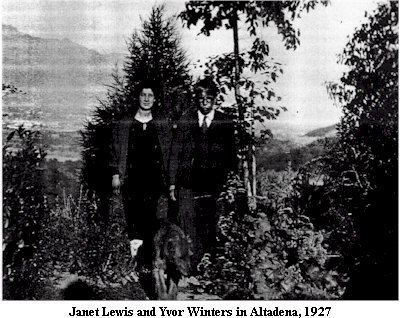
Winters was born in Chicago, Illinois and lived there until 1919 except for brief stays in Seattle and in Pasadena, where his grandparents lived. He attended the University of Chicago for four quarters in 1917-18, where he was a member of a literary circle that included Glenway Wescott, Elizabeth Madox Roberts and his future wife Janet Lewis. In the winter of 1918-19 he was diagnosed with tuberculosis and underwent treatment for two years in Santa Fe, New Mexico. During his recuperation he wrote and published some of his early poems. On his release from the sanitarium he taught in high schools in nearby mining towns. In 1923 Winters published one of his first critical essays, "Notes on the Mechanics of the Poetic Image," in the expatriate literary journal Secession. That same year he enrolled at the University of Colorado, where he achieved his BA and MA degrees in 1925.
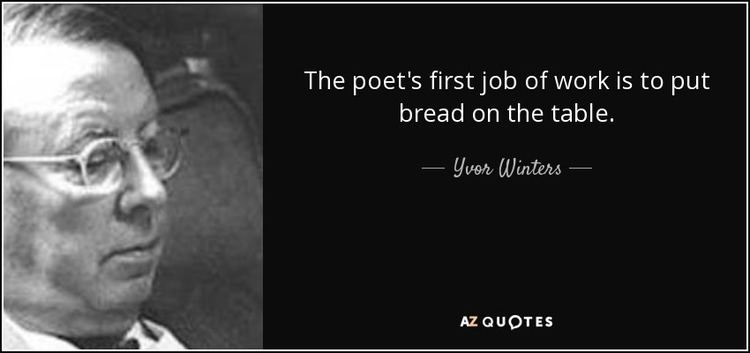
In 1926, Winters married the poet and novelist Janet Lewis, also from Chicago and a fellow tuberculosis sufferer. After leaving Colorado he taught at the University of Idaho and then began the doctoral program at Stanford University. He remained at Stanford after receiving his PhD in 1934, becoming a member of the English faculty and living in Los Altos for the rest of his life. He retired from his Stanford position in 1966, two years before his death from throat cancer. His students included the poets Edgar Bowers, Turner Cassity, Thom Gunn, Donald Hall, Philip Levine, Jim McMichael, N. Scott Momaday, Robert Pinsky, John Matthias, Moore Moran, Roger Dickinson-Brown and Robert Hass, the critic Gerald Graff, and the theater director and writer Herbert Blau. He was also a mentor to Donald Justice, J.V. Cunningham, and Bunichi Kagawa.

He edited the literary magazine Gyroscope with his wife from 1929 to 1931; and Hound & Horn from 1932 to 1934.
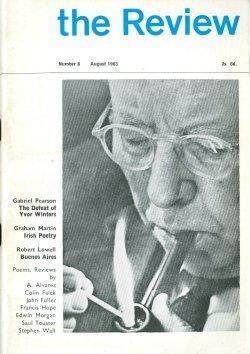
He was awarded the 1961 Bollingen Prize for Poetry for his Collected Poems.
As modernist
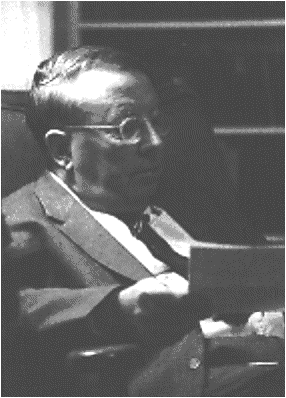
Winters's early poetry appeared in small avant-garde magazines alongside work by writers like James Joyce and Gertrude Stein and was written in the modernist idiom; it was heavily influenced both by Native American poetry and by Imagism, being described as 'arriving late at the Imagist feast'. His essay, "The Testament of a Stone," gives an account of his poetics during this early period. Although beginning his career as an admirer and imitator of the Imagist poets, Winters by the end of the 1920s had formulated a neo-classic poetics. Around 1930, he turned away from modernism and developed an Augustan style of writing, notable for its clarity of statement and its formality of rhyme and rhythm, with most of his poetry thereafter being in the accentual-syllabic form.
As critic
Winters's critical style was comparable to that of F. R. Leavis, and in the same way he created a school of students (of mixed loyalty). His affiliations and proposed canon, however, were quite different: Edith Wharton's The Age of Innocence above any one novel by Henry James, Robert Bridges above T. S. Eliot, Charles Churchill above Alexander Pope, Fulke Greville and George Gascoigne above Sidney and Spenser. In his view, "a poem in the first place should offer us a new perception . . . bringing into being a new experience."
He attacked Romanticism, particularly in its American manifestations, and assailed Emerson's reputation as that of a sacred cow. Ironically, his first book of poems, Diadems and Fagots, takes its title from one of Emerson's poems. In this he was probably influenced by Irving Babbitt. Winters was sometimes and questionably associated with the New Criticism, largely because John Crowe Ransom devoted a chapter to him in his book of the same name. He bestowed the sobriquet "the cool master" on the American poet Wallace Stevens.
Winters is best known for his argument attacking the "fallacy of imitative form":
"To say that a poet is justified in employing a disintegrating form in order to express a feeling of disintegration, is merely a sophistical justification for bad poetry, akin to the Whitmanian notion that one must write loose and sprawling poetry to 'express' the loose and sprawling American continent. In fact, all feeling, if one gives oneself (that is, one's form) up to it, is a way of disintegration; poetic form is by definition a means to arrest the disintegration and order the feeling; and in so far as any poetry tends toward the formless, it fails to be expressive of anything."